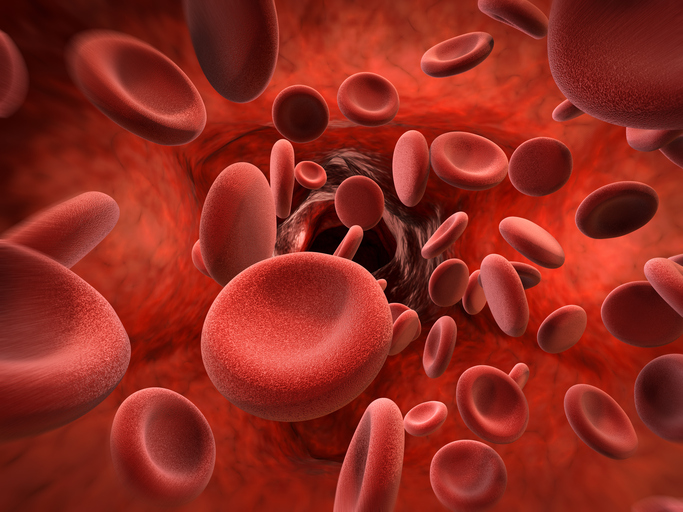
Where a child presents with bruising or internal bleeding (such as a subdural haemorrhage) it is important to consider whether that child suffers from a medical condition that has either caused that bruising/bleeding OR contributed to it.
The two main areas to consider here are Haematology and Genetics.
Haematology looks at clotting and platelet issues in the blood itself. A haematologist will advise on what tests have already been performed and whether there are any further tests which should be undertaken to ensure all relevant clotting or platelet conditions have been excluded.
Often, the hospital at which the child is being treated will arrange for certain blood tests to be done but even ‘full extended clotting testing’ can sometimes be insufficient for medico-legal purposes. The presence of even a minor disorder may still be relevant in the court setting as it may affect the degree of force needed to cause an injury.
Genetics looks at genetic causes for easy bleeding or bruising including Connective Tissue Disorders.
Ehlers-Danlos Syndrome (EDS) is a group of genetic connective tissue disorders. These disorders are caused by a defect in the structure, production, or processing of collagen in connective tissues, affecting the structure of blood vessels.
It is well established that EDS can make a child more susceptible to bruising. Individuals with EDS can display skin hyper-elasticity, joint hypermobility and fragile skin that breaks or bruises easily. Collagen is present throughout our bodies and so where EDS is diagnosed, it will generally affect all aspects of the body. It could therefore also contribute to injuries such as subconjunctival haemorrhaging. The ability of EDS to contribute to retinal and subdural haemorrhaging is medically a bit more controversial but there are several reported cases in which the court has accepted that this kind of disorder has played a role, even the milder form (type III).
There is a very small amount of research suggesting that EDS can affect bone mineralisation (and therefore may make someone more likely to sustain a fracture). This is very controversial and at the moment there is not enough research to fully support this. However, EDS can overlap with conditions such as Osteogenesis Imperfecta which is well known to cause a predisposition to fracture. Sometimes a genetic panel test is needed to see what genetic mutations a child has.
EDS can be inherited or it can occur by chance in someone without a family history. If a parent has EDS, there is a 50% chance that their child will have it. There are numerous types of EDS as well as numerous other connective tissue disorders or genetic conditions that could be relevant to an injury.
